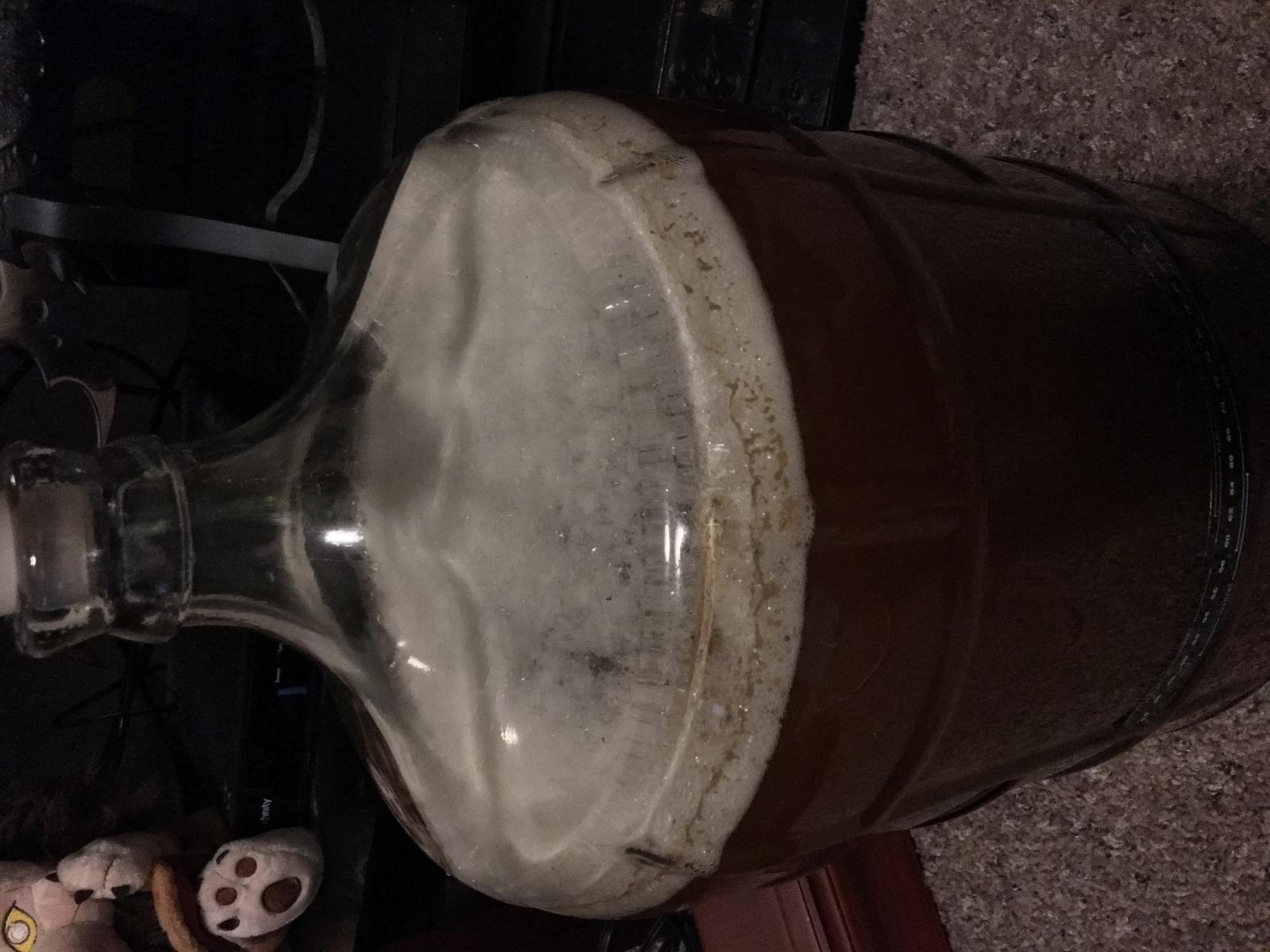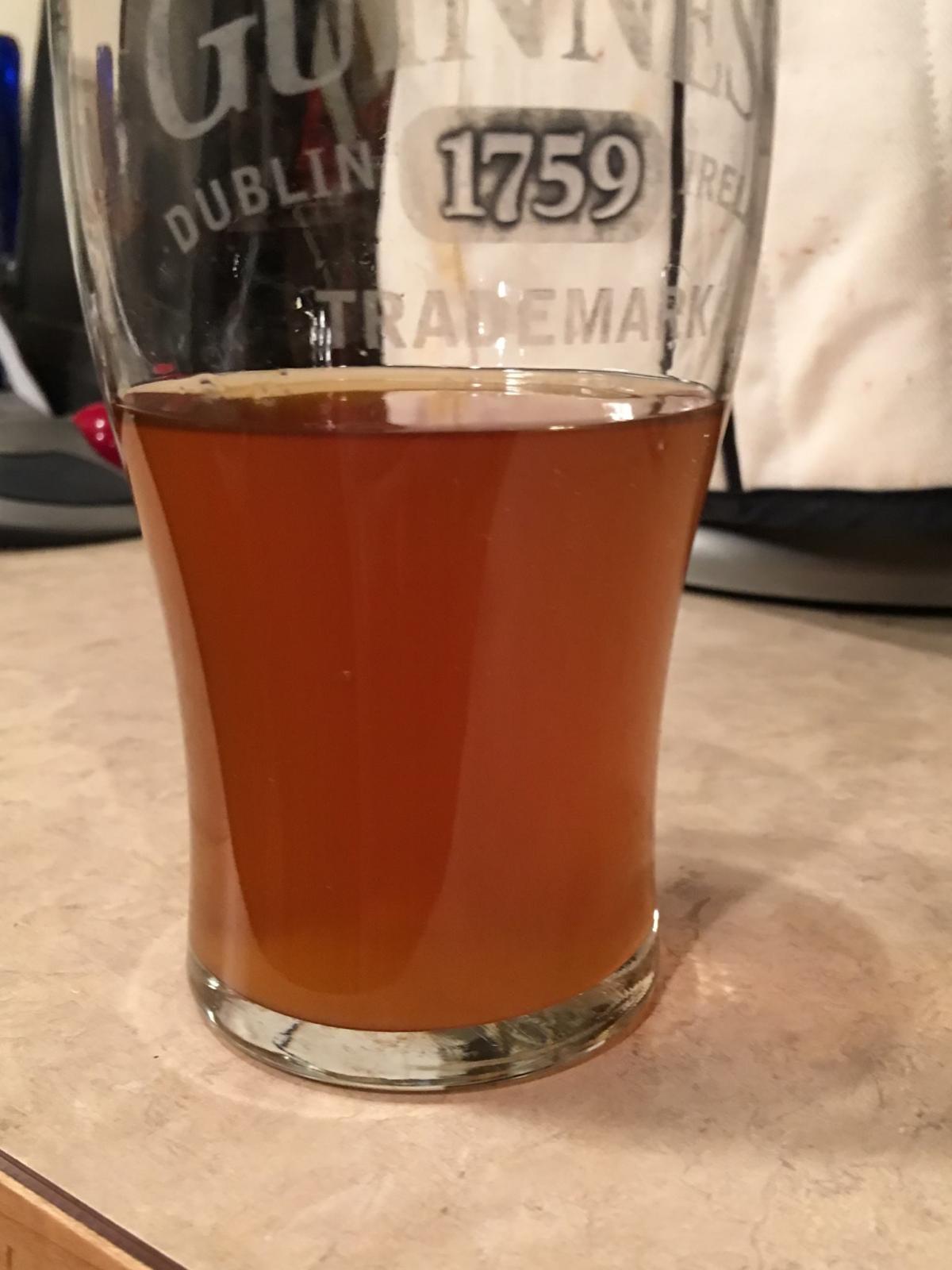TattooCelt
Well-Known Member
Greetings and salutations all my brother and sister brewers!
A couple of quesitons:
I'm brewing an Irish Red Ale, and after racking it to the second fermentation, I've noticed that the beer is continuing to produce foam - not as crusty as the Kraüsen in the first carboy...but pretty pronounced. Is this normal? The fermenting temp is at 60 degrees and I'm keeping it wrapped in a towel in my house as temps in my garage have gotten too low.
Second. I had a notion about adding in a touch of honey to a Red. Any suggestions on if this is a good idea, what stage it should be added, and any suggestions on weights?
Thanks in advance for any insights you all may have!
A couple of quesitons:
I'm brewing an Irish Red Ale, and after racking it to the second fermentation, I've noticed that the beer is continuing to produce foam - not as crusty as the Kraüsen in the first carboy...but pretty pronounced. Is this normal? The fermenting temp is at 60 degrees and I'm keeping it wrapped in a towel in my house as temps in my garage have gotten too low.
Second. I had a notion about adding in a touch of honey to a Red. Any suggestions on if this is a good idea, what stage it should be added, and any suggestions on weights?
Thanks in advance for any insights you all may have!







